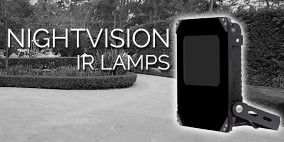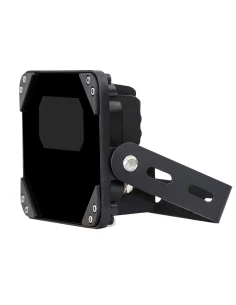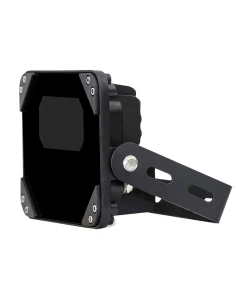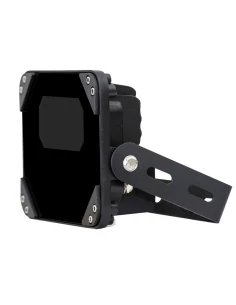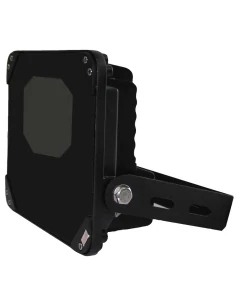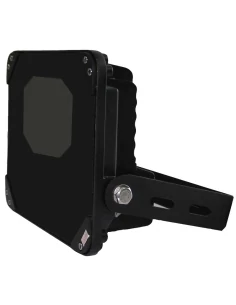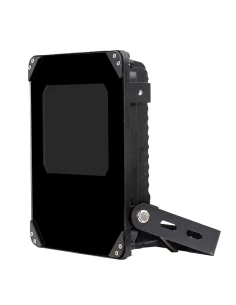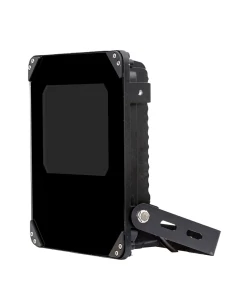Night Vision has always been a problem for many CCTV users. The IR distance at night has not been achievable even though well known manufacturers make false distance promises. It is common for these manufactures to overstate the true distances IR Lights project.
CCTV Cameras use infra-red light to help the cameras see in darkness. The IR light is produced by IR LEDs mounted around the front of most CCTV cameras. There are different arrays of IR LEDs, some contain many small 3-5mm LEDs, dual 5mm LEDs to single 10mm IR LEDs. Various arrays create different spreads of light, and perform differently. Most entry level cameras will project IR Light up to 20-30mtrs in a fairly directional beam of light.
The true distance a CCTV will view is determine by several factors. Firstly, the array of LEDs, including the size & quantity of LEDs. Secondly, the actual quality of the sensor used in the camera. Main stream cameras, usually the ones sold in mass via retail outlets, are lower in quality and suffer from poor night vision.
Many cameras have a limited power budget, which means they only have a limited amount of power available to drive the camera and the LEDs. Running long cables can also reduce the amount of available power to drive the cameras.
- Analogue based / Coax Cable cameras will use a small power supply split into 4 cameras where they only have 500mA per camera to drive the sensor and LEDs, this is a limitation.
- Battery based cameras are worse, with very strict power budgets where the night vision is limited and reduces the battery life when operating.
- IP Systems mainly use PoE (Power over Ethernet) where they are limited to 15.4watts which limits IR distance. (30Watts for PoE+)
Infrared Illuminators are the answer if you require further distances or improve the IR light in a smaller area. With up to 5AMPs per lamp, these can project up to 170 Metres in a directional beam, or shorter distances with a wider angle. These lamps flood the area with IR light helping all cameras in the same vicinity.
With so many uses, farms, parking lots, acreages, business warehouse to homes, IR Illuminators will significantly increase the performance of standard cameras.
Available in a variety of configurations, these IR Lamps will increase the invisible IR Light in the area and significantly improve your cameras night vision.
There are several considerations which we cover below.


